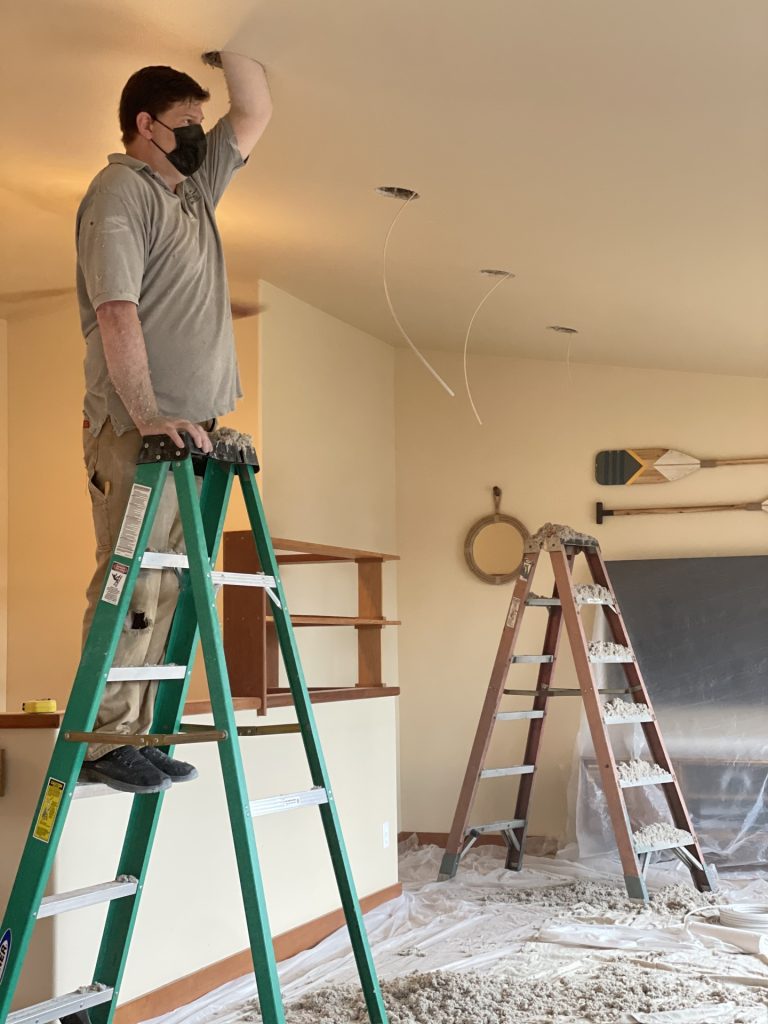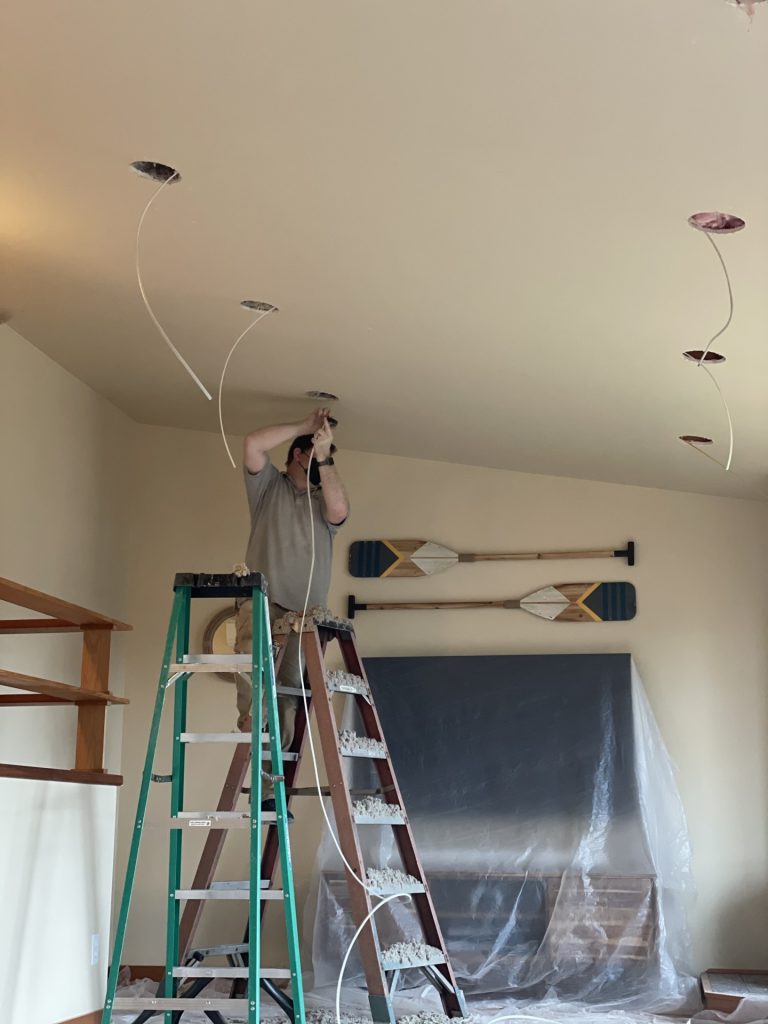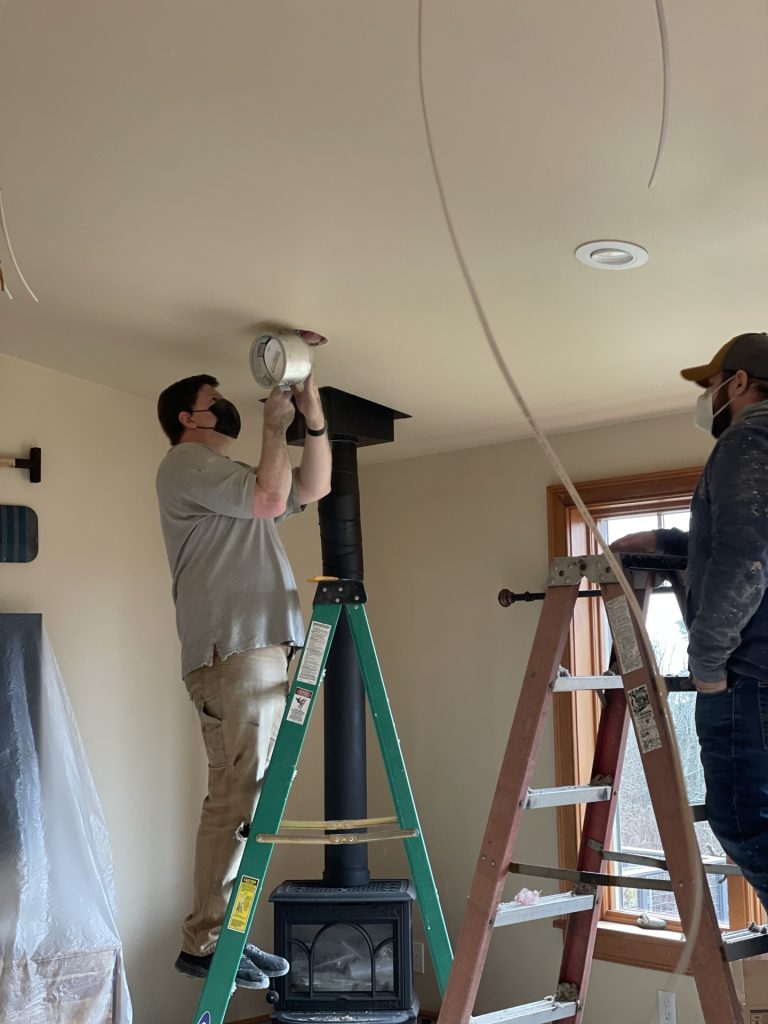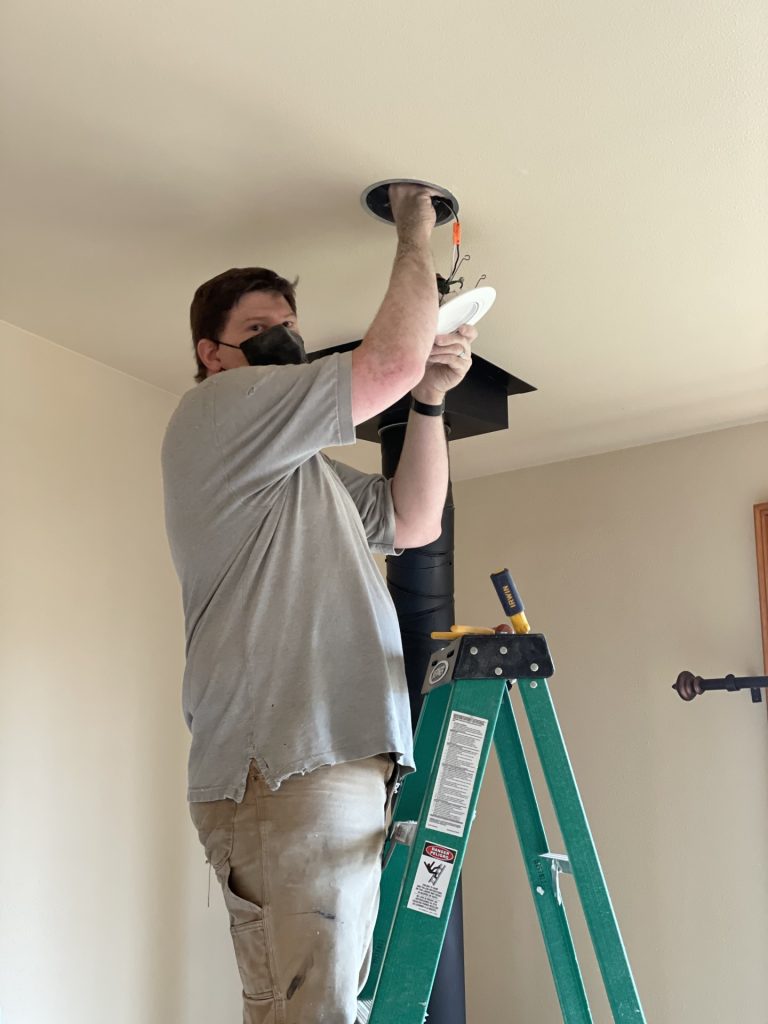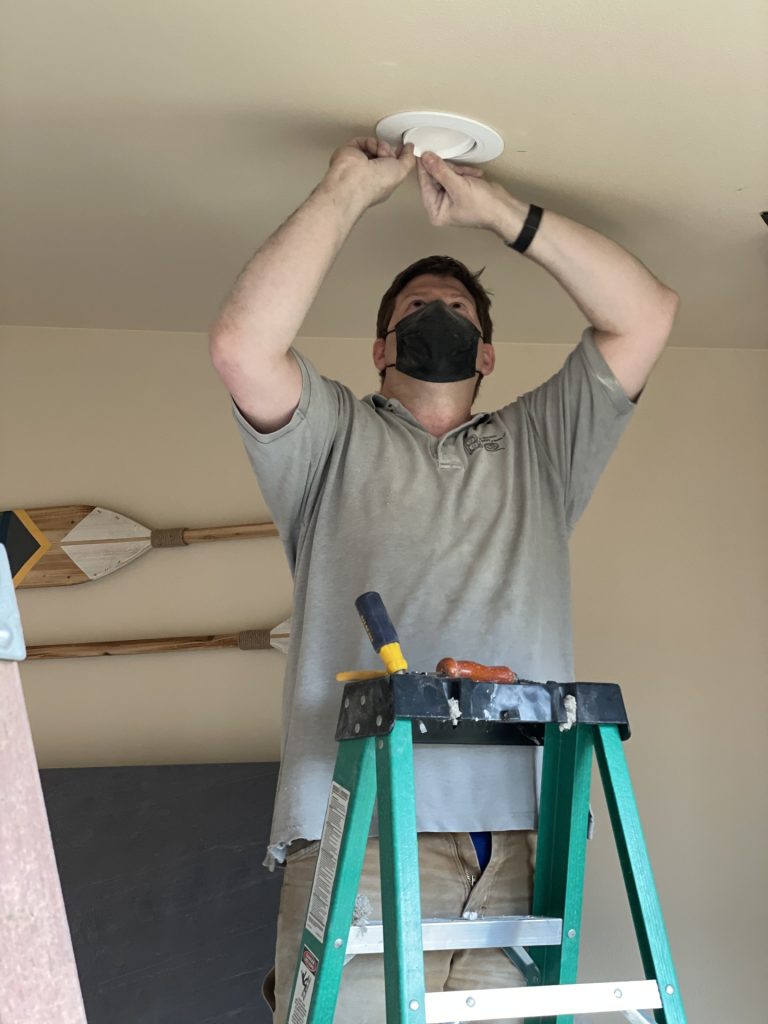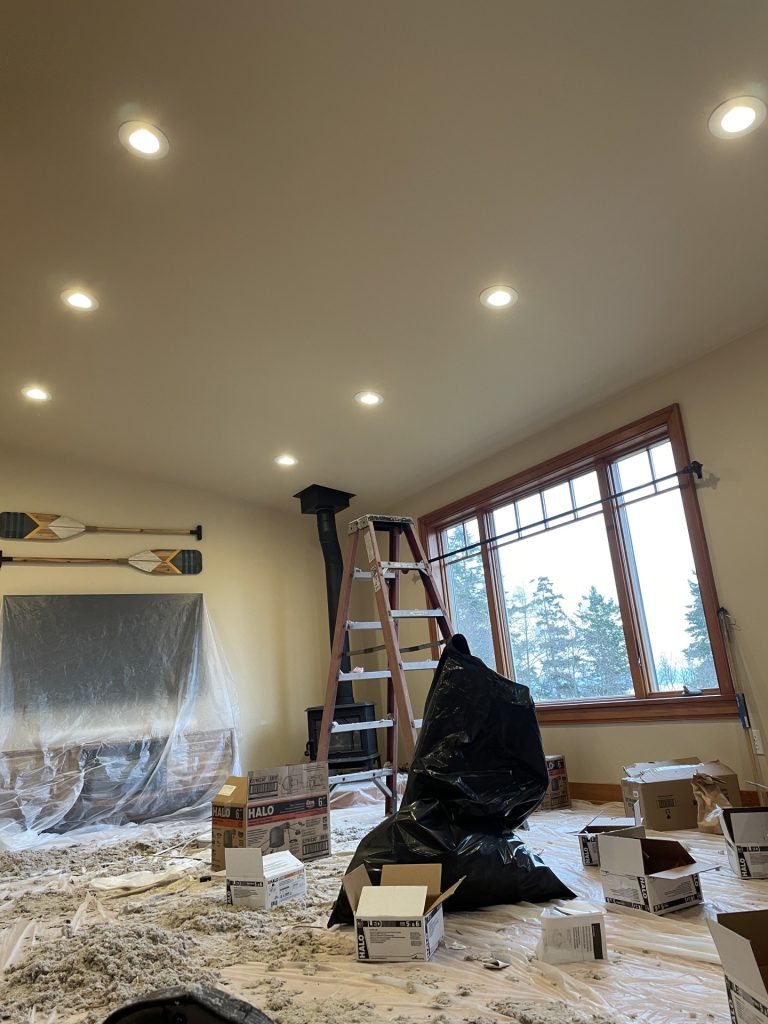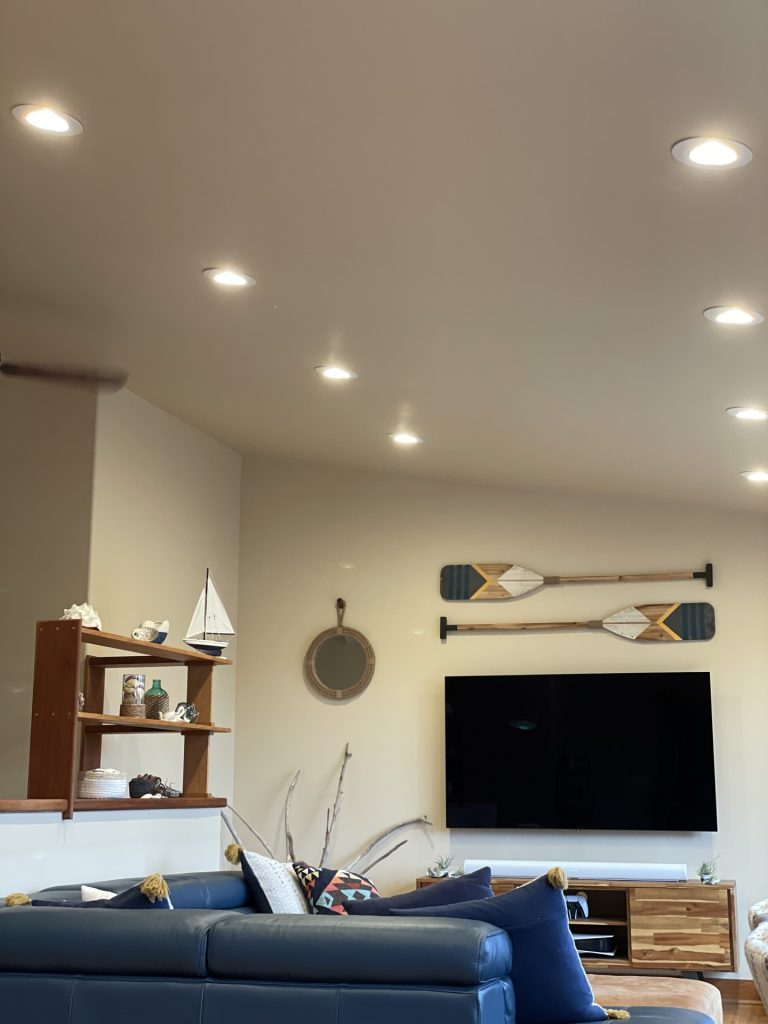Tips and Info
The people have spoken! Our fantastic customers voted us the 2023 Best Electrician Bronze Winner in the Seattle Times Best in the PNW people’s choice competition! Just the fact that our customers nominated us was a huge honor in and of itself. And winning bronze for Best Electrician reaffirmed that people appreciate our customer-focused approach.
The past few years have been a challenge for many small businesses facing inflation and continuing uncertainty. We kept our prices as stable as possible and didn’t participate in the price gouging that seemed to be becoming rampant. We stayed focused on the thing that’s been the goal across our decades in business: providing excellent service at the best price we can. And your vote tells us that we’re still on the right track.
Thank you so much to all those who voted for us in the 2023 competition. Customer recognition for providing excellent service means the world to us! We look forward to another year of helping our PNW community with electrical issues big and small. And who knows? Maybe 2024 will bring us the gold!
Contact us today to schedule your project and find out why customers voted us the Best in the PNW!

Bronze Winner!
Thinking of adding more lighting to your home, or updating existing lighting? Recessed lights may be the perfect option! Modern LED recessed lighting products are energy efficient, and they work well for ambient lighting or task lighting needs. We even have options for “canless” lights that can be installed virtually anywhere, even where there’s no clearance for a housing (aka can). We can retrofit existing recessed lights with new LED modules, and we can even replace standard light fixtures with recessed lights.
Halo is our preferred brand for recessed and canless lights for multiple reasons. For example, Halo LED modules have a high lumen rating, long life at full lumens, and 5-year warranty. They also have a high color rendering index rating, or CRI, which is the ability of the light to represent color accurately. High CRI means that colors look rich and true to life. Another important feature is the built-in selectable color temperature with 5 different settings from warm white to daylight. The modules also come in multiple sizes. And they’re available in adjustable gimbal style that to highlight art or architectural features.
So, what does it take to have recessed lights installed? Reach out by phone or email today to chat about your specific goals and site conditions! We can help you get an understanding of the scope and cost of the installation. In the example featured in the gallery below, there were no existing overhead lights in the room. And the ceilings were vaulted so there was no attic access. But we completed the installation without cutting any extra holes. The ceiling joists were oriented in a way that allowed us to fish from one light opening to the next without cutting anything extra. This meant the homeowner didn’t need to do any sheetrock patching! Each job varies, and our experienced electricians will find the most efficient option for your home.
Check out the gallery below to see a recessed lighting installation from start to finish!
- Marking the recessed housing cutout on the ceiling
- Pulling the wiring to the new recessed light opening
- Fishing wiring through to each recessed light
- Fishing wiring through to each recessed light
- Installing the recessed housing in the new opening
- Connecting the LED module to the recessed housing
- Adjusting the gimbal module so the light beam aims down
- Reworking the switch box and installing a dimmer for the new recessed lights
- Recessed lights finished, cleanup begins
- Clean up almost done
- Completed recessed light installation
- Recessed lights completed and room reset
We’ve all been there…you have a tripped circuit breaker and you’re not sure why it tripped or what to do about it. Sometimes breakers trip because you’re using too many things on the circuit at once. But other times they trip because there’s an issue like an incomplete connection or a wire making contact with the side of a metal junction box. When this happens, the breaker trips to prevent a safety issue.
So what should you do? First, you can try to reset the breaker yourself if you feel comfortable. Check out the video below to see how it’s done. Some breakers go to an in-between position when they trip, which can sometimes be difficult to spot. They don’t look off, yet they’re not fully on either. If you have a tripped breaker in this middle position, you won’t be able to push it straight to the on position. First you’ll need to push the breaker fully into the off position until it clicks into place. They you can push it in the on position. If it holds and never trips again, you may be all set. But if it won’t hold or if it trips again soon, it’s time to have an electrician take a look.
Contact us today for more help tips about tripped circuit breakers or to schedule a service call!
The electrical service for a home is analogous to the motor of a car. It provides the power to drive the home’s electrical usage — from the refrigerator to the lights — just like a car’s motor provides power to the wheels. Both consume energy and provide us with modern comforts or transportation.
The Electrical Service for a home is comprised of four main components. Understanding them is useful when buying, selling, inspecting, or maintaining a house.
1. The Meer Loop and Meter Enclosure: This is the beginning of the home’s electrical system. The house connects to the utility wiring at the Service Point which is the taped connections at the weatherhead, in an overhead service and the underground splices at the hand hole, or vault in an underground service. It is important to observe the age and condition of this equipment when buying or selling a home. Check that the meter ring has the utility seal and verify that the overhead connections are the permanent type made by the utility company and not the temporary ones made by an electrician.
2. The Service Entrance: This is the conduit and wire that connects the meter to the home’s electrical distribution panel. Check that conduit is installed to protect the entrance wires and the penetration into the building is caulked.
3. The Electrical Panel: “The breaker box” as it is commonly called protects the home and its occupants from the consequences of overloads and shorts. Red Flags are electrical panels that have fuses rather than circuit breakers; and Zinsco; Federal Pacific; Pushmatic; and Split Bus type breaker boxes.
4. The Grounding and Bonding System:
- *Part A* the grounding system can route high fault currents from the utility company or a lighting strike away from the house and may have other benefits.
- *Part B* the bonding system in a properly wired home will protect people from electrocution and house fires. A properly installed bonding system, which includes three-pronged “grounded” receptacles is far more important than the grounding system of a house. The grounding system may divert a surge away from electronics saving some financial loss. The bonding system will shut down the home’s electricity when there is a ground fault or an overload to the wiring.

